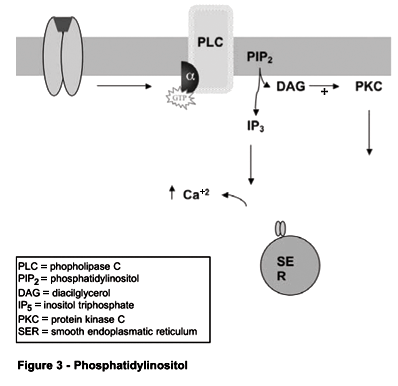OBJECTIVES: Postmortem, pharmacological, neuroimaging, and animal model studies have demonstrated a possible association of intracellular signaling mechanisms in the pathophysiology of bipolar disorder. The objective of this paper is to review the findings in neuropathology and cellular biochemistry. METHODS: We performed a MEDLINE research, between 1980-2003, using bipolar disorder, signaling, second messengers, and postmortem as keywords, and cross-references. RESULTS: Neuropathological studies reported a decrease in neuronal and glial cells, mainly in the prefrontal cortex of bipolar patients. Neurochemical studies reported dysfunction in cAMP, phosphoinositide, Wnt/GSK-3b, and intracellular Ca++ pathways in these patients. CONCLUSION: The neuropathological and neurochemical abnormalities demonstrated in BD may be related to the pathophysiology of this disorder and the effects of mood stabilizers. However, further studies are needed to clarify the role of the intracellular signaling cascade in the pathogenesis of this disorder.
Bipolar disorder; Second messenger systems; Brain chemistry






